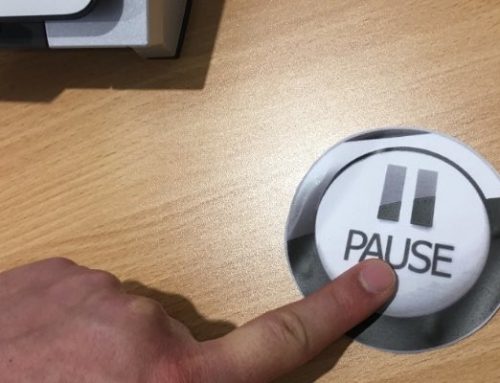The Power of Storytelling. Using story to influence and motivate.
Data. Facts. Statements. And more data.
This is how many people present their information in presentations, meetings and discussions – primarily left-brain hemisphere rational content. The result? After a while, the bored or overwhelmed audience tunes out.
What if we could present information differently? What if we could engage our clients, our teams and our audiences in such a way that they actually cared and were inspired to listen?
There is a way, and that’s through storytelling.
You may say, well, storytelling is only for children or for the next episode of my favourite Netflix series – it has no place in the workplace. But think about it: we all love a good story, especially beyond the fantasy world. And that’s because it gets us out of our head and moves us in a way data cannot.
Effective stories cause us to feel emotions. Emotions enhance our ability to memorize experiences, thereby improving information processing. Stories, when well told, stimulate our right brain hemisphere and make it easier for us to store data for later retrieval.
In the context of presentations, or meetings, what’s the purpose of sharing information? Usually, it’s to get a team, clients, stakeholders, etc. inspired, motivated or influenced into buying a product, signing a deal, approving a project, or making a change.
A well-told story can greatly increase the chances of that outcome. Stories make us feel connected, they defuse tension and they build trust – all essential prerequisites to letting information sink in and getting the work done.
You may ask: how, and it what context would I tell a story? Here’s an example provided by Duarte Design, a leader in the field of designing stellar corporate presentations:
“Imagine you’re listening to a leader communicate to an audience about the common challenges they face. The leader offers advice and direction about how listeners can change tactics and overcome their obstacles. Basically, the leader is communicating a fair amount of instruction.
Then, the leader opens up and tells a story about a time when they faced a similar challenge. They confess their shortcomings in terms of skills, mindsets, self-doubt, or overall insecurities. Then, they talk about how they either succumbed to those shortcomings and missed their goal, or discovered a tool (product, insight, or guidance) which helped them reach their goal.”
How do you think a story like that would affect your view of the leader and influence your opinion about the information they’re sharing? You probably would relate better to the speaker and possibly be more inclined to adopt proposed changes.
Stories are powerful communication and influencing tools because they open up different pathways of understanding and reasoning.
So, the next time you have to give a presentation, lead an important client meeting or talk to your team about upcoming changes, consider telling a story. You will likely be able to touch their hearts and minds more than data could ever do.




